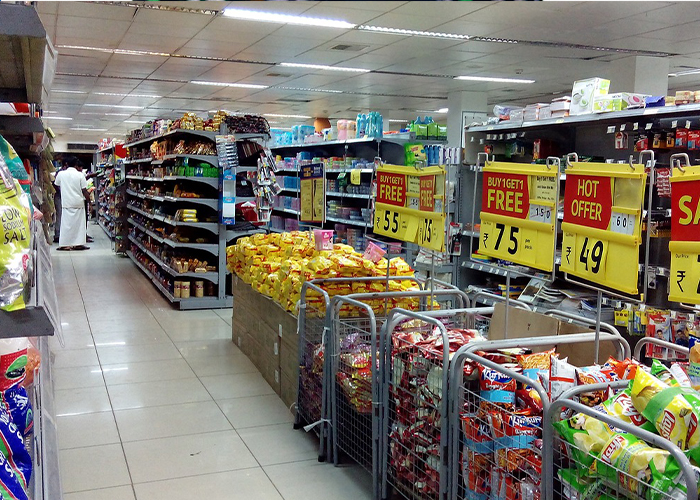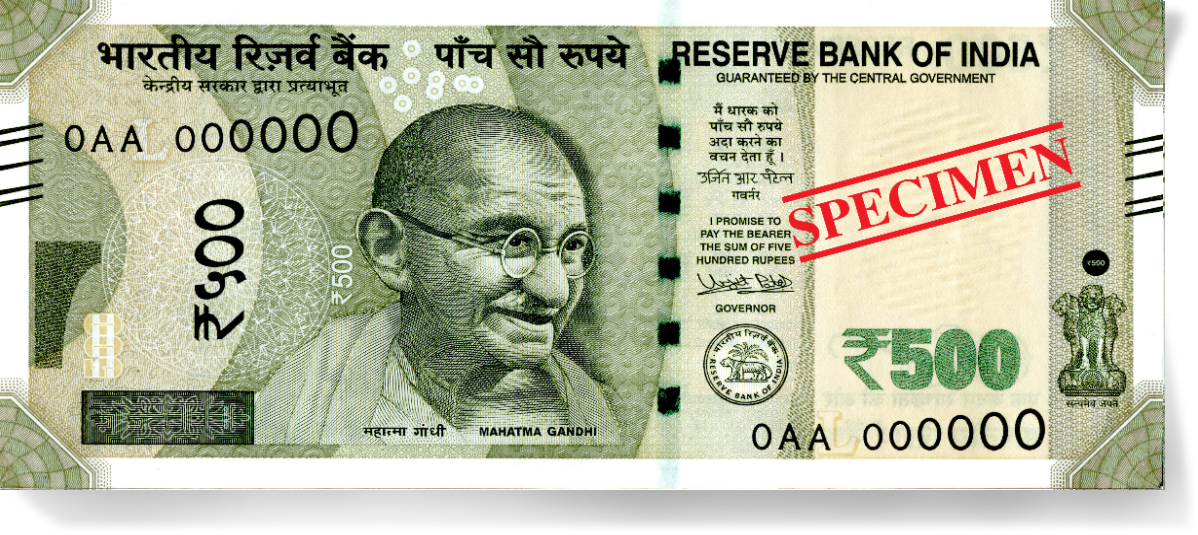Mother Earth Smiles: Sustainability Blooms in the Floriculture Industry!
Blooming with Promise: Exploring the Trends and Opportunities in the Floriculture Industry
The floriculture industry, a captivating tapestry of vibrant colors and fragrant blooms, is flourishing with immense potential. Surpassing a global market size of USD 46 billion in 2021, it is projected to blossom further, reaching an estimated USD 77.86 billion by 2030. This remarkable growth trajectory signifies the rising demand for flowers and ornamental plants, driven by a multitude of compelling trends.
Overview
Floriculture is the science and practice of cultivating flowering and ornamental plants for both their beauty and economic value. It encompasses a wide range of activities, including:
- Breeding and development: Creating new varieties of flowers with improved characteristics like disease resistance, longer shelf life, and unique colors and textures.
- Production: Growing flowers and plants in greenhouses, fields, or containers, using various techniques like hydroponics and vertical farming.
- Post-harvest handling: Harvesting, processing, storing, and transporting flowers to ensure quality and freshness.
- Marketing and sales: Selling flowers through various channels like wholesale markets, retail shops, online platforms, and subscription services.
- Flower arranging and design: Creating floral arrangements for weddings, events, and other occasions.
Floriculture is a significant industry with a global market size exceeding USD 46 billion in 2021.
1. Flourishing Consumer Demand:
a. Urbanization's Influence: As urban populations swell, the yearning for a connection with nature intensifies. This translates to an increased demand for indoor plants and flowers, transforming living spaces into vibrant havens.
b. Rising Disposable Income: With economic growth, consumers have greater capacity to indulge in non-essential purchases, including flowers for special occasions and personal gratification.
c. Shifting Preferences: Millennials and Gen Z, driving forces in the consumer landscape, seek unique, sustainable, and locally-sourced floral offerings. This fosters the growth of niche markets catering to their specific desires.
2. Technological Innovation:
a. Precision Agriculture: The adoption of cutting-edge technologies like hydroponics, vertical farming, and automation optimizes resource utilization, enhancing crop yields and product quality.
b. Advanced Breeding Techniques: Development of disease-resistant, long-lasting flower varieties with unique colors and textures fuels market diversification and caters to evolving consumer preferences.
c. E-commerce and Online Marketplaces: Online platforms offer convenient access to a wider range of flowers and plants, expanding market reach and fostering accessibility for consumers worldwide.
3. Sustainable Practices:
a. Eco-Conscious Consumers: Environmental awareness is driving the demand for sustainable floriculture practices, such as organic production, water conservation, and waste reduction.
b. Eco-Friendly Packaging and Delivery: Growing adoption of sustainable packaging and delivery methods minimizes the industry's carbon footprint and aligns with consumers' values.
c. Locally-Sourced and Seasonal Flowers: The preference for locally-sourced and seasonal flowers reduces transportation emissions and supports local growers, promoting a more sustainable ecosystem.
4. Subscription Services:
a. Convenience and Surprise: Subscription services offering regular deliveries of curated floral arrangements and plants provide convenience and a sense of surprise, appealing to consumers seeking personalized experiences.
b. Catering to Specific Needs: Subscription options can be tailored to cater to specific needs, such as office spaces, special occasions, or unique aesthetic preferences.
5. The Experience Economy:
a. Immersive Experiences: Consumers crave unique and immersive experiences. Flower farms are responding by offering workshops, tours, and events, fostering deeper connections with customers.
b. Interactive Retail Spaces: Interactive retail spaces featuring floral installations are gaining popularity, creating engaging environments that enhance the customer experience.
Additional Notable Trends:
- Edible Flowers: The culinary world embraces edible flowers, adding a touch of elegance and flavor to dishes, expanding their market reach.
- Therapeutic Horticulture: The therapeutic benefits of plants and flowers are gaining recognition, leading to potential growth in this niche market.
- Personalization and Customization: Consumers seek personalized and customized floral arrangements for special occasions, driving the demand for bespoke services.
Summary of floriculture industry
Growth:
- Global market size exceeding USD 46 billion in 2021.
- Projected to reach USD 77.86 billion by 2030.
Consumer Demand:
- Urbanization drives demand for indoor plants and flowers.
- Rising disposable income fuels purchases for special occasions and self-gifting.
- Millennials and Gen Z seek unique, sustainable, and local offerings.
Technology:
- Precision agriculture optimizes resource utilization and enhances yield.
- Advanced breeding techniques create disease-resistant, long-lasting varieties.
- E-commerce and online marketplaces expand market reach and accessibility.
Sustainability:
- Eco-conscious consumers demand sustainable practices like organic production.
- Eco-friendly packaging and delivery options minimize carbon footprint.
- Locally-sourced and seasonal flowers reduce transportation emissions and support local growers.
Subscription Services:
- Convenient and personalized deliveries of curated floral arrangements.
- Cater to specific needs like office spaces, special occasions, and aesthetics.
Experience Economy:
- Immersive experiences through workshops, tours, and events at flower farms.
- Interactive retail spaces featuring floral installations enhance customer experience.
Additional Trends:
- Edible flowers in the culinary world.
- Therapeutic horticulture for mental and physical well-being.
- Personalization and customization of floral arrangements.
End of Conclusion:
The floriculture industry is poised for continued growth, fueled by dynamic trends and evolving consumer preferences. By embracing innovation, sustainability, and personalized experiences, businesses can thrive in this vibrant and exciting sector. The future of floriculture is bright, promising a landscape filled with blooming opportunities.
Floriculture is a dynamic industry constantly evolving to meet changing consumer preferences and technological advancements.
Writer
Devraj Gorai
























